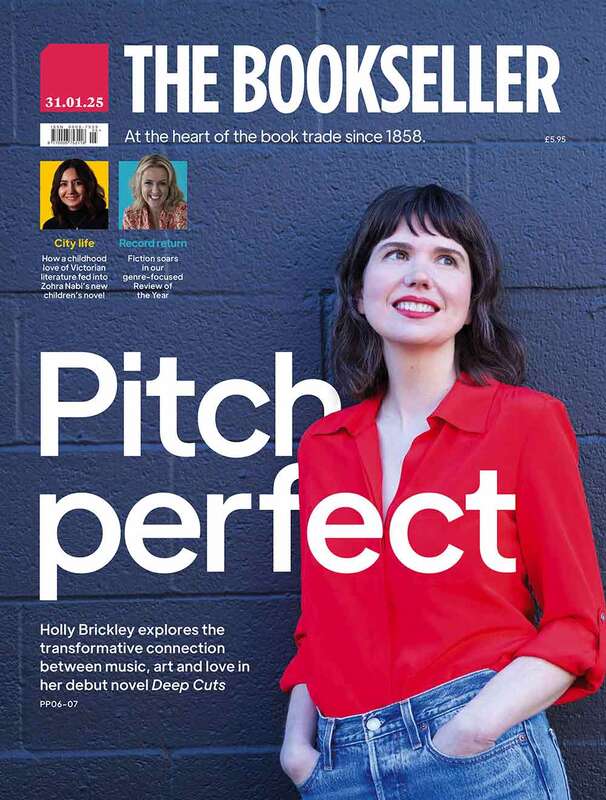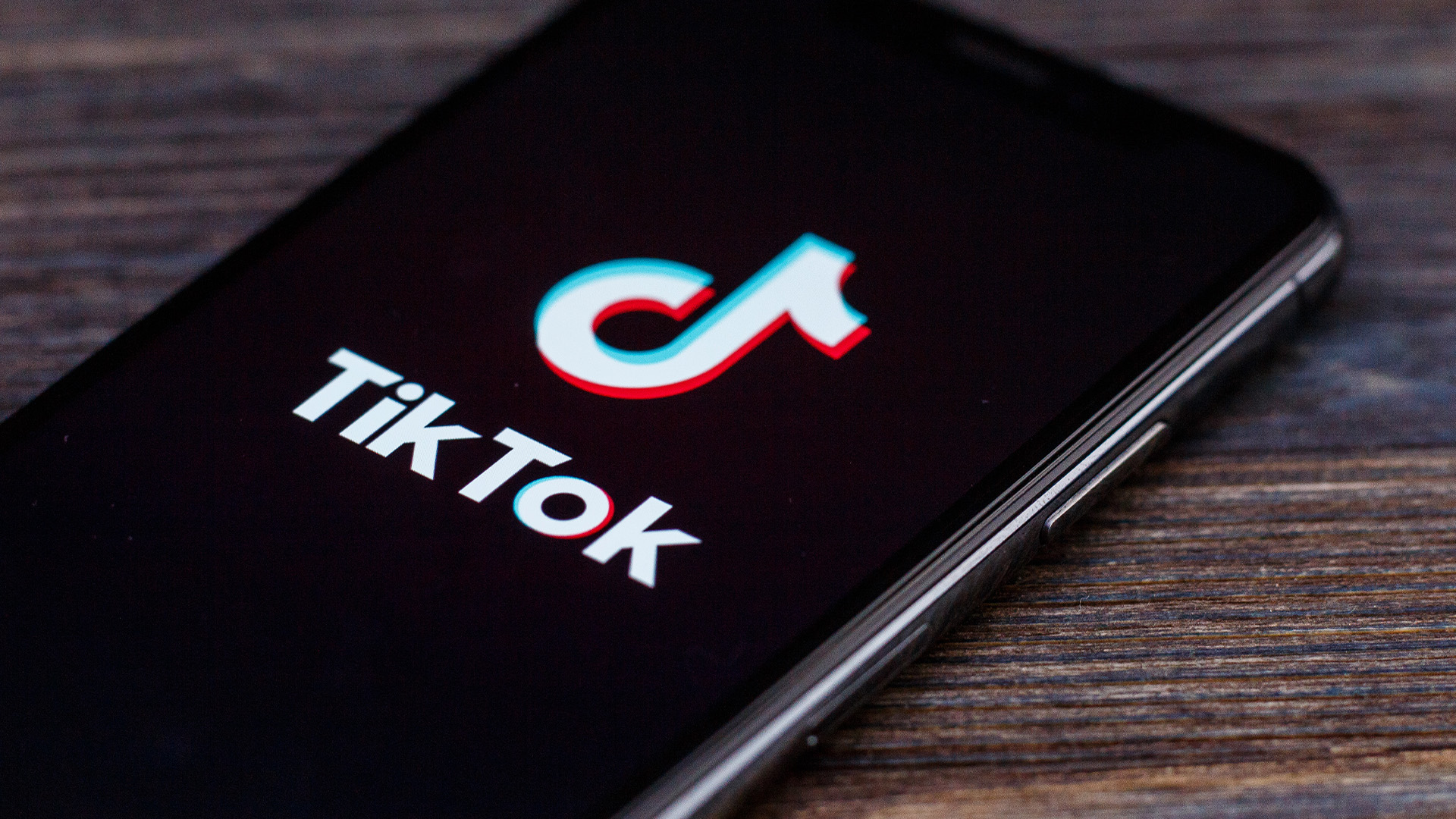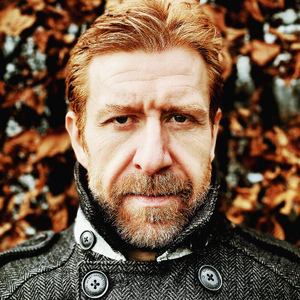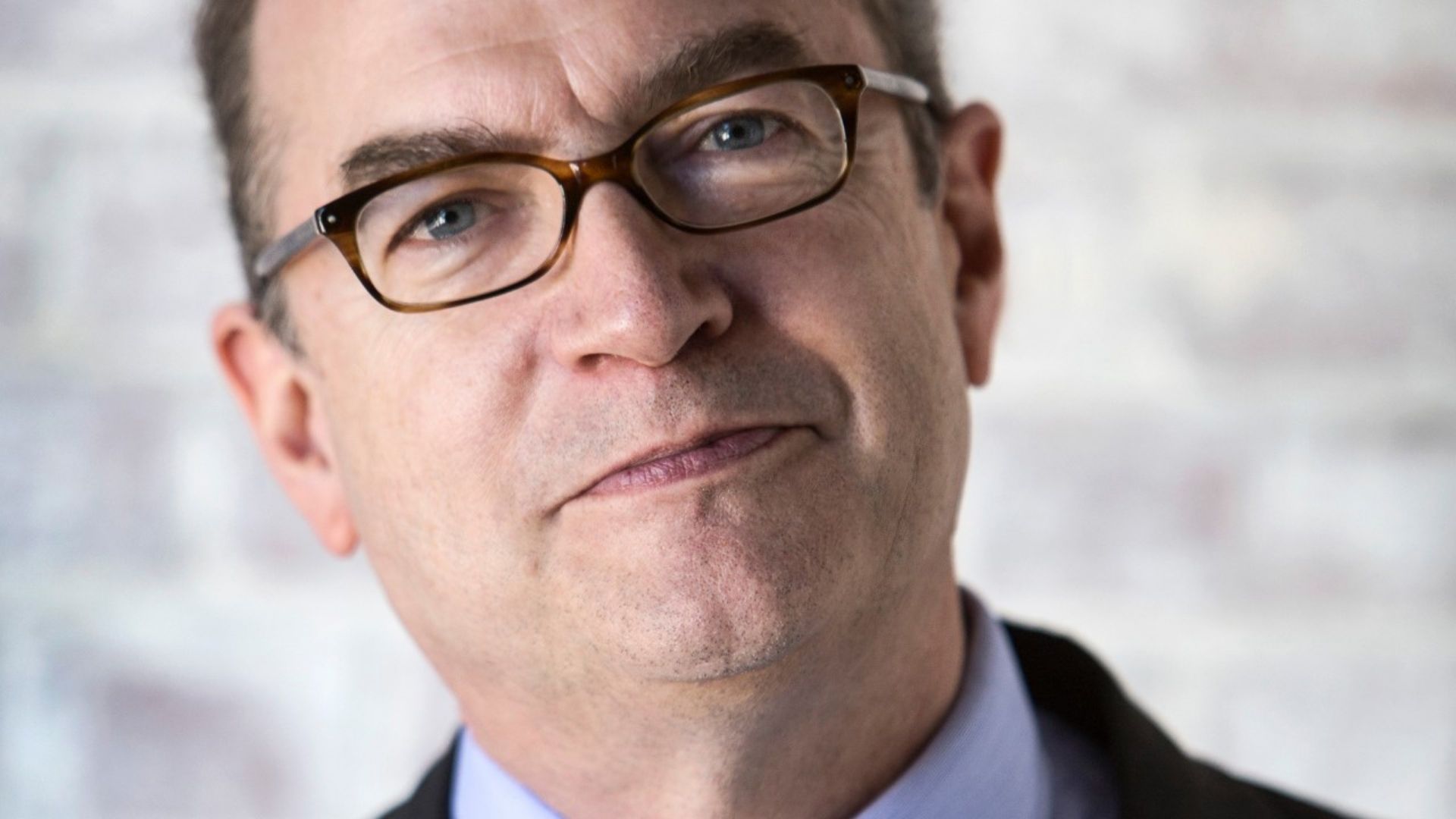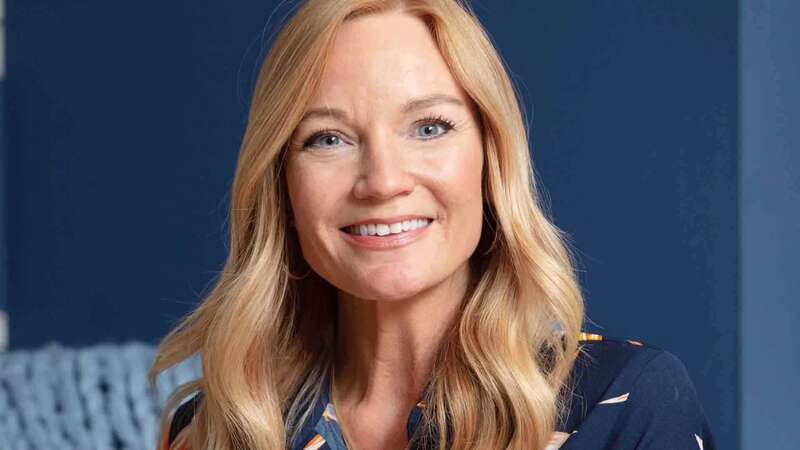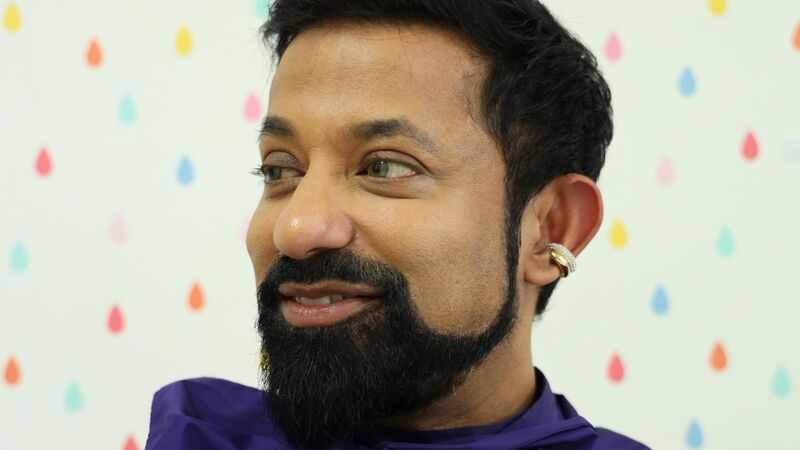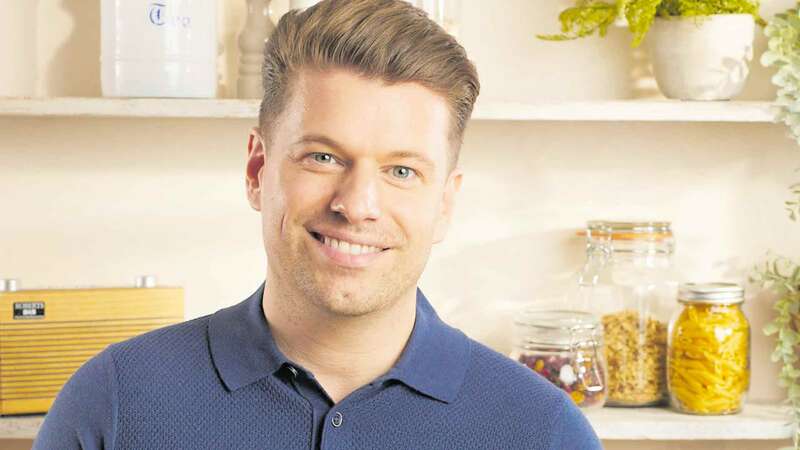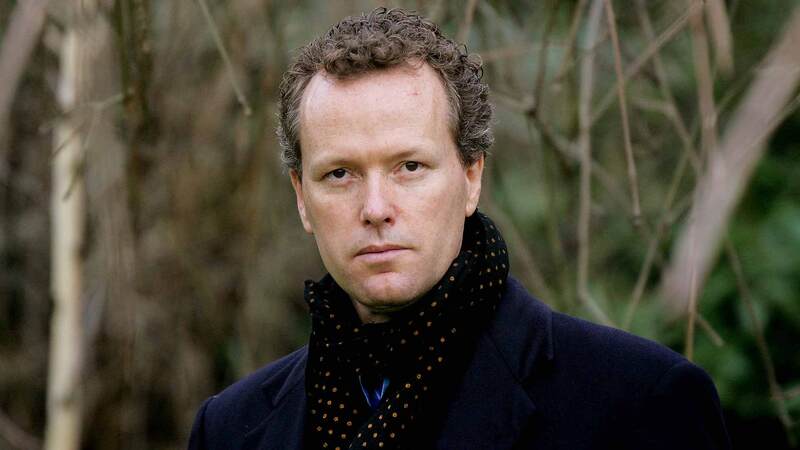You are viewing your 1 free article this month. Login to read more articles.
The gap is closing
When it comes to mid and backlist titles, indie publishers are catching up with the big houses.
While the argument rages over the battle between independent and traditional publishing and how they can ever comfortably co-exist, I really believe that we’re all ignoring the real elephant in the room. Our focus should be on just how much the gap is closing between the two. A common mistake is to look at the increasingly few high-end, mass-market deals of the major houses and then match those against the comparatively tiny print runs of the fledgling indie presses... but what about when you compare mid or backlist deals against the most determined and professional of the rising independents? As we’re going to see here, it’s a different story entirely.
Over the years, I seem to have spent more time complaining about publishing than actually engaging with the industry. Nevertheless, I finally have something to say which is worth listening to, especially if — like me — you’d almost written off your career. I was the quintessential Rowling-era boom boy: a ridiculously young author with a saleable novel, a great agent, a seven-figure advance and the kind of media whirlwind that makes the front page of the literary section if not the newspaper itself. However, fast-forward 20 years and my output (some 30 books for Disney, Hodder, Penguin, etc) had dwindled to the sort of deal that isn’t going to put food on the table or a Ferrari in the garage (okay, in my case, a banged-up Ford Focus). Add to this a full-scale mental breakdown on the Isle of Wight in 2017 and the revelation of autism in adulthood and you have the makings of a truly spectacular career crash: I was almost bragging about it. I guess career-wise, I was very much the fresh-faced tennis player who wins Wimbledon that ONE year and then vanishes into obscurity: I’d had my day, whether I liked it or not.
So, when I’m sitting at the breakfast table one morning and a voice says "Why can’t we set up an independent publisher?" the usual derisory laughter I prepare for such suggestions doesn’t quite make it to my lips. The problem is that the question has come from my wife, a proven entrepreneur with a string of successful businesses under her belt and a woman who tends to do everything "properly".
The TikTok sensations, with their all too brief whirlwind and crowd-driven campaigns, might not be matching the sales of J K Rowling, Alice Oseman or Jeff Kinney – but they’re matching the sales of most of the books you’re picking up in Waterstones.
My answer will probably go to my grave with me... but I basically dismissed the idea on the grounds that books from indie publishers were invisible and never made their way into the shops, let alone the book chains. "They’re painful to look at," I remember pointing out. "I can recognise an independent book a mile away. I’m serious; they’re right down there at the bottom of the barrel with all the self-published stuff. I started my career down that end of the business, the last thing I want to do is go back there... and certainly not when I used to sell hundreds of thousands of copies."
"Not at the end, you didn’t. You barely sold a few hundred of that last one." I remember looking up with the really hurt expression I use when somebody has made a valid point at my expense... but what if she was right? The target for matching the beginning of my career was well out of reach... but the target for matching the final few books measured out a few hundred copies: surely THAT was achievable?
There used to be three distinct avenues of opportunity open to the aspiring author upon finishing a novel, although to most writers one was an avenue of last resort. You either sent your precious manuscript off to an agent in the hope of snagging a traditional publisher, you waited for the few weeks every year when the major houses opened their doors to gather a slush pile from the hordes of the unsolicited (a freak occurrence, these days)... or you opted for self or indie publishing, something that – let’s face it – has always carried with it the not so faint whiff of desperation.
Then, a few short years ago, the gap began to close.
The acceleration of spin on the rise of the independent publisher has been fairly recent, not a little dramatic and quite remarkably well-paced: TikTok now commands a veritable army of readers and writers via its #yafantasy and #indiepublisher hashtags, and there’s a strong exclusion zone beginning to form against anything that isn’t seen as a suitably innovative wildcard in the field.
However, this is not specifically due to the giant social media platform and actually has a lot more to do with the fact that even very small and independently owned publishing houses are starting to go about things in a very professional way. It happens, quite specifically, when a prospective independent publisher walks into Waterstones and asks the simple question: "How did this book arrive here?" This, working backwards in an effort to tick every box and cutting absolutely no corners whatsoever, leads the new wave of indie publishers to the world of ISBNs, Distribution Channels, Professional Cover Artists and the Industry Standard Printers.
In a world that many readers and writers still consider largely exclusive and elitist, barriers to sale begin to fall very quickly. You can’t get into Waterstones unless you’re listed on Gardners, which comes as an automatic bonus of being printed in minimum runs by Clays, who in turn expect ISBNs and cover art of sufficient resolution, etc.
One path invariably leads backwards to a different gate which the prospective publisher can choose to either circumnavigate or open... yet, quite naturally, every hurdle successfully cleared brings the potential publisher a step closer to that coveted place in the bookstores.
Then begins the promotion. If manufacturing and platforming the book is prohibitively expensive (and it certainly can be), then promoting the title is the real "stab in the dark", the wild chancing of your arm to gain traction and stand out in an industry that is literally crammed with competition. In this respect, identifying your market is still key: once the market and demographic of the reader is identified, a clear direction forms. Some books still do exceptionally well when marketed through Facebook, while for the others the platform is a graveyard when money is ploughed in with little or no engagement, even from a market that can be specifically targeted.
For some projects, Instagram is the clear winner: a platform where non-fiction books with the right angle do incredibly well for those who feel the need for creative inspiration. However, TikTok is generally the home of fantasy... and the definition of fantasy is spreading: contemporary fantasy, romantic fantasy, YA fantasy and cosy fantasy (the most recent standout success being Legends and Lattes). TikTok has an army not simply comprised of independent publishers, self-published authors and voracious readers: in fact, it could be argued that TikTok’s largest promotional army are the Waterstones booksellers themselves, many who are dedicated readers doing their dream jobs and promoting titles they believe in mainly during their spare time: who could ask for better PR?
The gap is closing: make no mistake. The TikTok sensations, with their all too brief whirlwind and crowd-driven campaigns, might not be matching the sales of J K Rowling, Alice Oseman or Jeff Kinney, but they’re matching the sales of most of the books you’re picking up in Waterstones – and, unlike the former, the publicity campaigns for their titles are instigated with a £20 social media spend and not a £20k promo campaign.


